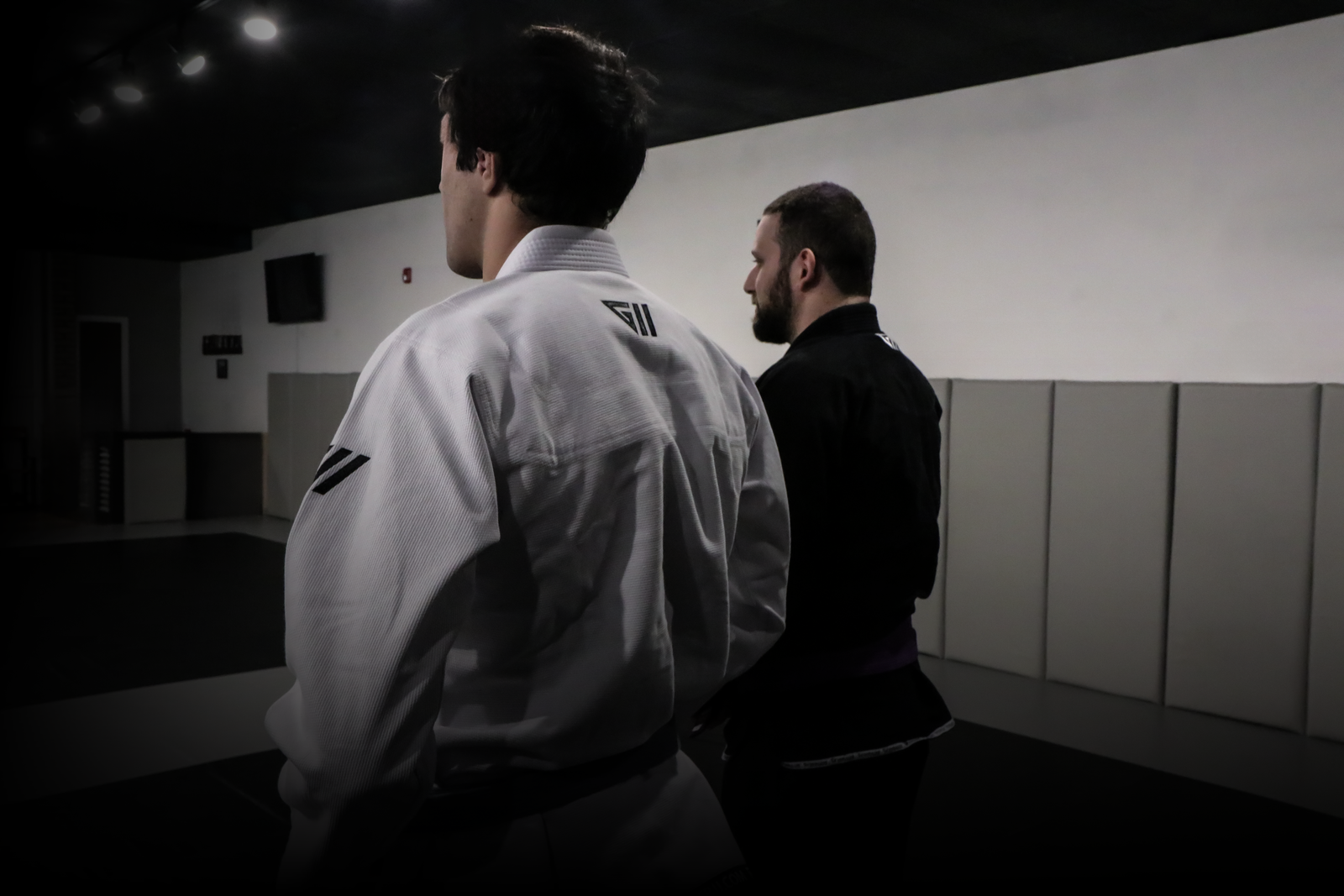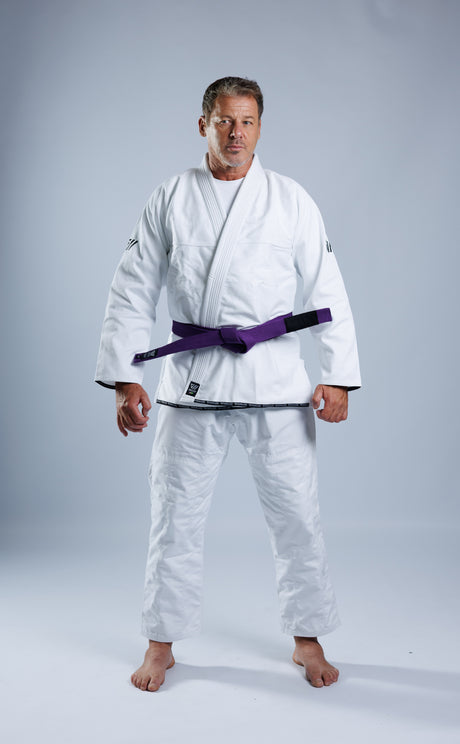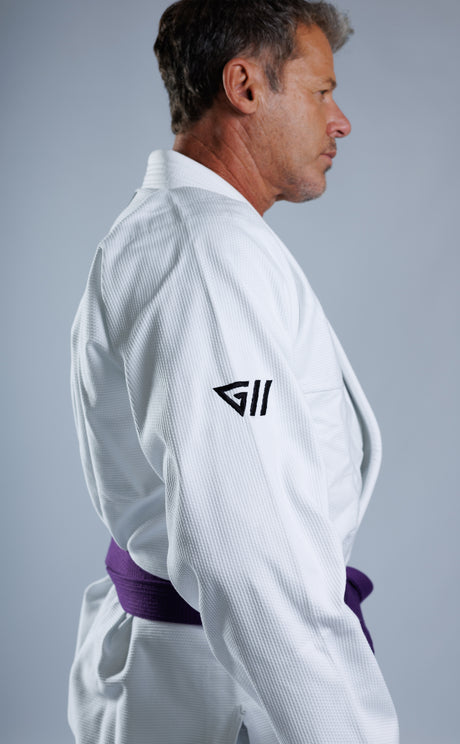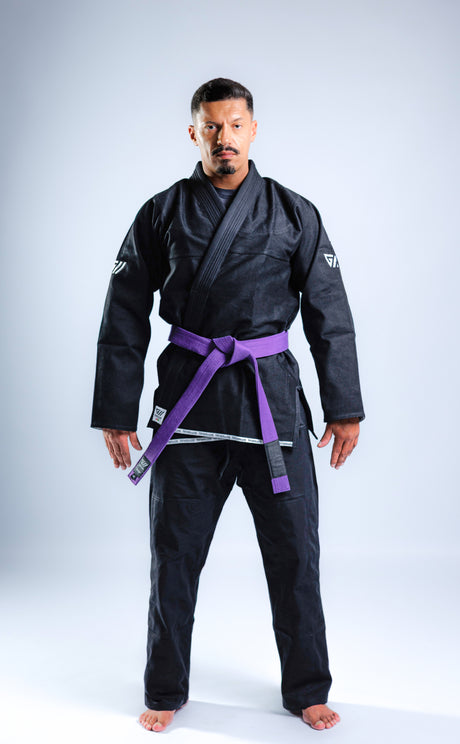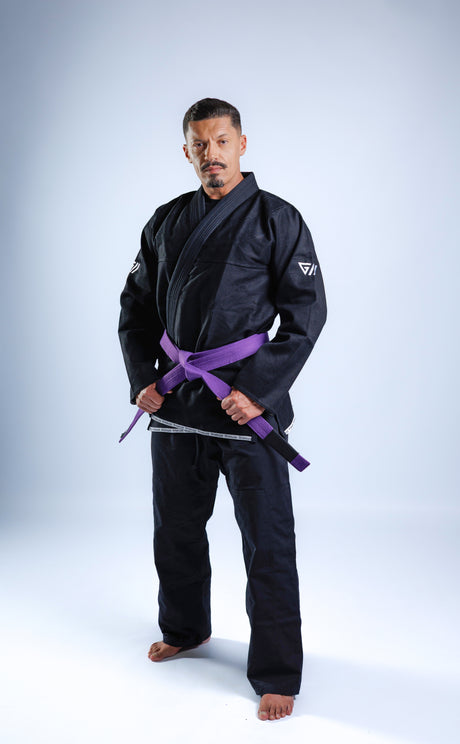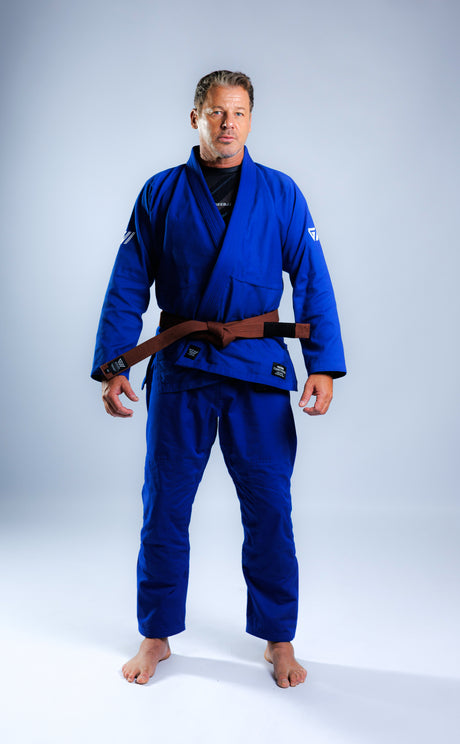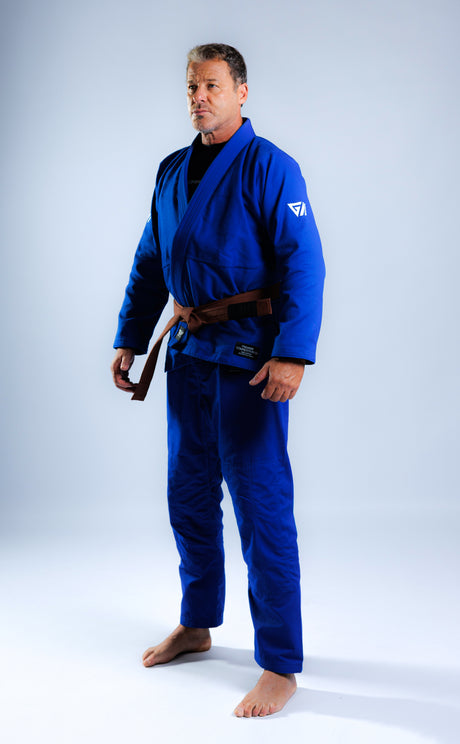In the dynamic world of Brazilian Jiu-Jitsu, No-Gi grappling has evolved from a supplement to the traditional Gi-based training to a dynamic and integral aspect of the martial art. This evolution reflects not only a shift in attire but a transformation in technique, strategy, and the very essence of the sport.
Roots in Vale Tudo
No-Gi Jiu-Jitsu finds its roots in the early days of Vale Tudo, the precursor to modern Mixed Martial Arts (MMA). As fighters from various disciplines tested their skills in a no-holds-barred environment, the need for a comprehensive ground game became evident. This laid the foundation for a version of Jiu-Jitsu that could be applied without the traditional kimono.
Adaptation for MMA
As MMA gained popularity, No-Gi Jiu-Jitsu underwent further refinement. Fighters realized the importance of adapting their grappling skills to the demands of the cage, where Gi grips were absent, and the pace was unforgiving. No-Gi matches became shorter, emphasizing quick transitions and a relentless pursuit of submissions.
Rise of Submission-Only Tournaments
The evolution of No-Gi took a significant leap with the rise of submission-only tournaments. Competitions like the Eddie Bravo Invitational (EBI) and the Abu Dhabi Combat Club (ADCC) Submission Wrestling World Championship brought a spotlight to No-Gi specialists. This format placed an emphasis on finishing fights, encouraging innovation in technique and strategy.
Technical Innovations
No-Gi Jiu-Jitsu has spurred technical innovations that have enriched the overall landscape of the sport. The emphasis on control, positional dominance, and submission without the aid of grips on a Gi has led to the development of unique techniques. Leg locks, for instance, have become a prominent feature in No-Gi, challenging practitioners to expand their repertoire.
Athleticism and Speed
The absence of the Gi often translates to a faster-paced, more dynamic style of grappling. Without the grips provided by the traditional uniform, No-Gi practitioners rely on body control, athleticism, and agility. This has attracted athletes from various backgrounds, contributing to a diverse and exciting evolution of No-Gi Jiu-Jitsu.
The Impact on Everyday Training
What began as a specialization for MMA fighters has now become an integral part of everyday training for many Jiu-Jitsu practitioners. No-Gi sessions offer a different set of challenges, promoting adaptability and a deeper understanding of fundamental principles. It has become not just an alternative but a complementary aspect of a well-rounded BJJ education.
Inclusivity and Accessibility
No-Gi Jiu-Jitsu has also played a role in making the sport more inclusive and accessible. The simplicity of attire removes a barrier for beginners, making it easier for new practitioners to dive into the art without the need for a traditional Gi. This has contributed to the diversification of the Jiu-Jitsu community.
In conclusion, the evolution of No-Gi Jiu-Jitsu represents more than a change in wardrobe; it signifies an ongoing revolution in the sport. From its roots in Vale Tudo to its influence on modern MMA and the rise of submission-only formats, No-Gi has become a dynamic and essential component of Brazilian Jiu-Jitsu. As practitioners continue to embrace its challenges and innovations, the journey of No-Gi Jiu-Jitsu unfolds as an exciting chapter in the ever-evolving story of martial arts.

